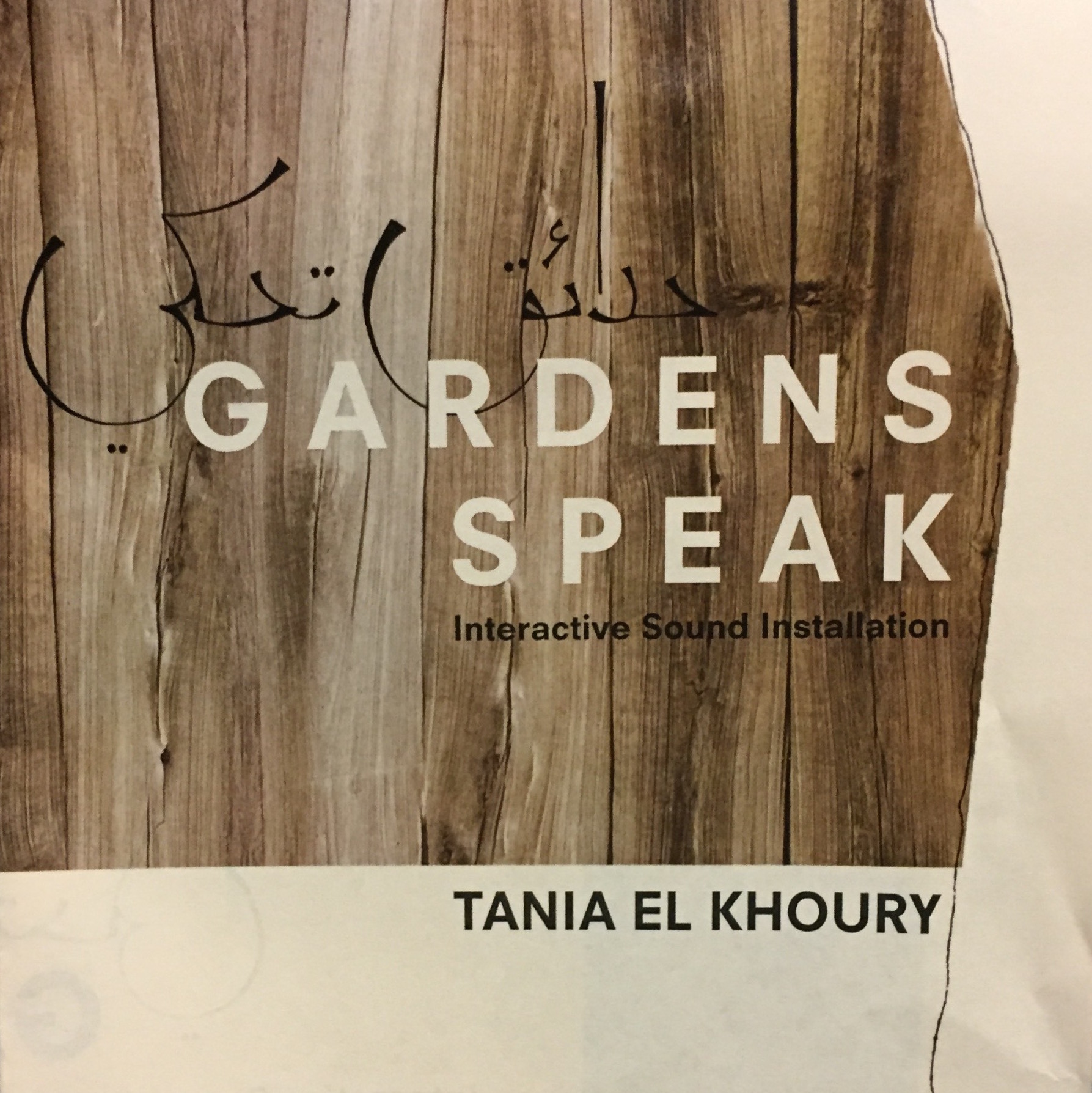
Time moves differently during winter break. My body adjusts to later bedtimes and lazier mornings. I graze throughout the day instead of having set meals, and my peak hours coincide with the stingy Minnesota sunlight that filters through the cold air. I was lucky to spend many hours reading, looking at art, listening to podcasts, and dabbling in other hobbies. Here are some of my discoveries and recommendations from the break:
TO READ

Via Grove Atlantic, Inc.
History of Wolves, by Emily Fridlund
When I mentioned this novel to a family friend, he immediately shook his head, saying he wouldn’t want to read a book about the death of a child. I won’t lie—“History of Wolves” is rife with disturbing subject matter, including implications of child abuse. For those who can stomach it, however, I highly recommend this novel. In fact, it was one of the best books I’ve read in a while. Fridlund’s sensitivity, poetic language, and psychological perception craft a work of art in which violence is not shock value, but rather the consequence of devastating power imbalances, leading to the wreckage of human relationships and ecological harmony. Linda, the teenage protagonist, is obsessed with wolves because they are both predator and prey, driven to endangerment by humans as punishment for killing livestock. Linda identifies with the wolves’ tenuous position. “History of Wolves” destroys the equation of girlhood and innocence, or of girlhood and passivity.
Confused and lonely Linda is tormented by her alternately loving and destructive impulses. She watches a kitten claw at the door of his house without making a move to let him in, but then she gently rescues him when she finds him weeks later, skinny and terrified in the woods. When Linda takes her four-year-old neighbor Paul to see newborn ducklings, she secretly wishes that Paul would try to harm them so that Linda act as their protector. She reveres the Minnesota wilderness that is her home, and at the same time cannot help but delight in her capacity to destroy it. Sitting behind her father on his ATV, “we rumbled along the overgrown trail destroying everything we touched—smashing ferns and goldenrod and baby white pine and sumac fronds—and it was wretched, and it was so delicious too.”
Fridlund reveals in the first pages that Paul will die, and the rest of the book explores how and why. I was a little disappointed by how quickly I figured out the mystery—the epigraph more or less gave it away. The energy of this novel, however, lies less in specifics of the plot, and more in Linda’s brutal tenderness as she observes the complexity of those around her, especially their unintentionally revealed weaknesses. When an outcast girl at school confides a secret to her, Linda knows that “she’d spoken without any sense of occasion at all. It occurred to me that she’d only told me because I had no one to tell. It was like dropping a secret in a snowbank.” She notes of Paul’s father, “He was a man who couldn’t be without slippers, which made me sad and maybe a little repulsed by him.” Paul’s mother, Petra, is an adult who acts more like a scared child; and Paul himself is a surprisingly complicated character for a toddler, in whom Linda chronicles a vast array of moods and private interiority.
The nonlinear narrative revolves around certain key events: the summer Linda spends with Paul, a putative encounter between one of Linda’s teachers and an underage student, the trial following Paul’s death, and Linda’s rootless adult life. Every time Fridlund revisits these episodes, she uncovers new details. The fragmented narrative spins around like a penny in a coin vortex, gliding in tinier and tinier circles until it arrives at a cluster of central truths about Linda, the power that she craves, and its ruinous cost.



Via Picador, Macmillan Publishers
“They May Not Mean To, But They Do,” by Cathleen Schine
Schine delves into tragedy a sharp sense of humor. She points out the absurdity of the most tragic situations, but never cheapening the experiences of grief and aging. When I picked up this novel directly after reading “History of Wolves,” Schine’s characters at first seemed flat, even stereotypical, but I soon adjusted to the difference in tone. “They May Not Mean To, But They Do” follows the Goldberg clan: We have the overworked mother, the anxious type-A daughter, the distracted lawyer son, and the doting but careless father who now suffers from several serious diseases including Alzheimer’s. The novel jumps, sometimes erratically, between the various family members’ perspectives, as their poetry-loving father, Aaron, weakens and eventually passes away (not a spoiler! Or rather, it’s a spoiler that is given away on the book jacket, a practice of which I personally disapprove, but who I am to argue with the marketing team at Farrar, Straus & Giroux?). Joy, the matriarch, hides her mourning and loneliness as also trying to “be a good sport” for her needy children.
The writing is clever, but at times feels glib. All of the Bergmans are hyper-articulate and when they get together, their rapid-fire multi-threaded conversations ricochet off the walls of the cramped apartment. They speak over each other, suddenly respond to abandoned conversational threads, and revel in the joy of a well-place pun. Their voices are authentic, but at times, exhausting, especially those of the younger characters, who tend toward punchy cleverness. To be fair, I laughed out loud throughout the novel. Schine has a wonderfully tongue-in-cheek sense of humor: “The room that had once been Molly’s was now her mother’s office and her father’s study. Those were the terms used by them both, and if an office is a place where you store cardboard boxes of unopened mail and a study is where you sit between spires of those boxes on a convertible sofa and listen to your transistor radio, then those terms were accurate.” At other points, this writing style feels forced and unnecessary: “Aaron was prescribed various painkillers that teenagers in shrinking Midwestern towns abused.”
Behind Schine’s wit is an honest and brave look at the challenges of being an aging parent and an aging child. With terrible mater-of-factness, she spares no details in describing Aaron’s deteriorating health and overall loss of dignity and autonomy. Joy’s adjustment to widowhood is the main problem of the novel’s second half. Her children are well-meaning but often selfish, and Joy fears becoming a burden to them. Schine has a remarkable sense of empathy for each generation, and as a younger reader I appreciated her insights into future stages of life. The only weak point of the plot is an odd detour into one of the granddaughter’s unexpected and sudden obsession with Judaism, which could potentially have been explored fully and integrated into the rest of the novel, but was instead irrelevant and a bit jarring.

TO LISTEN
My mother, who works at the Minneapolis Institute of Arts, brought home a jigsaw puzzle from the museum gift shop one day. The picture on the box was Manet’s “The Grand Canal of Venice,” but the pieces proved to be an infuriating kaleidoscope of blues and grays. I was instantly obsessed, and spent almost every subsequent night working on the puzzle, at least for the duration of a podcast or two. My favorite is The New Yorker: The Writer’s Voice, which features authors reading their short stories, as published in the magazine each week. The podcast offers a mix of the childhood delight in hearing stories being read aloud, and the more literary pleasure of a work being read by the voice that wrote it.
Favorite episodes:
Yiyun Li Reads “A Flawless Silence” Like many of the stories that have been published in The New Yorker over the last few years, “A Flawless Silence” is a reflection of the Trump era, and the strange contortions of communities desperate to ignore the chasms that have split husband from wife, friend from friend. Min, the story’s protagonist, is unable to stand up to her belligerent husband, but his chauvinistic behavior inspires her to confront and resolve a trauma from her youth.
Keith Gessen Reads “How Did We Come to Know You?” An aimless American-raised man returns to his native Moscow to care for his grandmother. Gessen’s wry voice is perfect for detailing his protagonist’s misadventures. Despite the story’s humorous tone, living with the grandmother offers complications deeper than the old-world charm her grandson expected; the story opens up to reveal the struggles and yearnings of a family separated by prejudice and a broken political system.
Mary Gaitskill Reads “Acceptance Journey” In this creative and heartbreaking story, a woman is alone after a bitter break-up and reaches out to a young family across the street. She writes letters to her neighbor’s daughter in the handwriting of the Grinch, hoping to give the child the Christmas cheer that she herself is unable to muster. She writes that although the Grinch has been reformed, he still accidentally hurts those he loves. Gaitskill grapples with the negotiation between affection and clumsy self-protection, and invites the reader to do the same.
Special Mention:
Zadie Smith Reads “Now More Than Ever” I admit that I was initially resistant to this story, because I thought it was going to be a predictable attack on a strawman image of academic “call-out culture.” To the contrary, this was an odd and affecting story, treating a contentious issue with quiet nuance. I recommend a listen to any of Smith’s stories—if not this one, then perhaps the gorgeous “Crazy They Call Me”—because, more than any of the other authors I heard, Smith inhabits her characters fully, “doing the voices,” as I would have said as a child, jumping into accents and personae with ease.



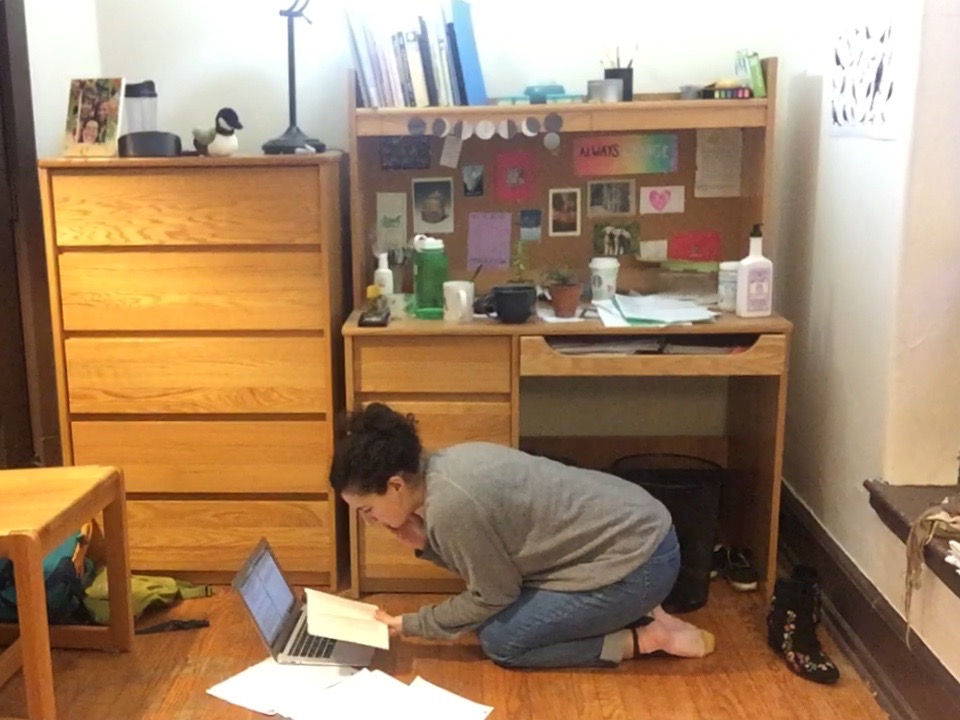 Almost every finals periods that I’ve spent at Bryn Mawr, I have signed up to proctor self-schedule exams. As you might know, many professors allow students the opportunity to schedule their own exams—this means that you go to Guild Hall on the day and time that you choose, collect the test, and then go to a designated classroom to take it. The exams are proctored by student volunteers, which is an easy way for me to support Bryn Mawr’s culture of self-government and academic integrity. Student proctors just have to hand out the tests and then remain in the testing area during the exam period, so I’ve often been able to get quite a lot of my own work done during that time.
Almost every finals periods that I’ve spent at Bryn Mawr, I have signed up to proctor self-schedule exams. As you might know, many professors allow students the opportunity to schedule their own exams—this means that you go to Guild Hall on the day and time that you choose, collect the test, and then go to a designated classroom to take it. The exams are proctored by student volunteers, which is an easy way for me to support Bryn Mawr’s culture of self-government and academic integrity. Student proctors just have to hand out the tests and then remain in the testing area during the exam period, so I’ve often been able to get quite a lot of my own work done during that time.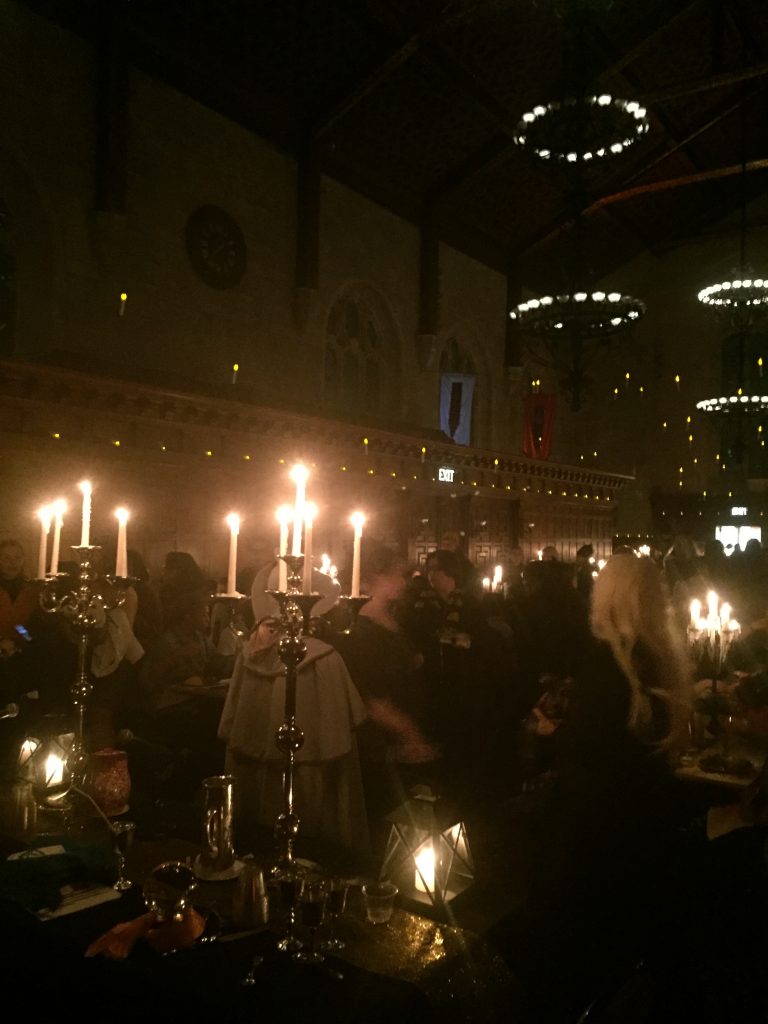

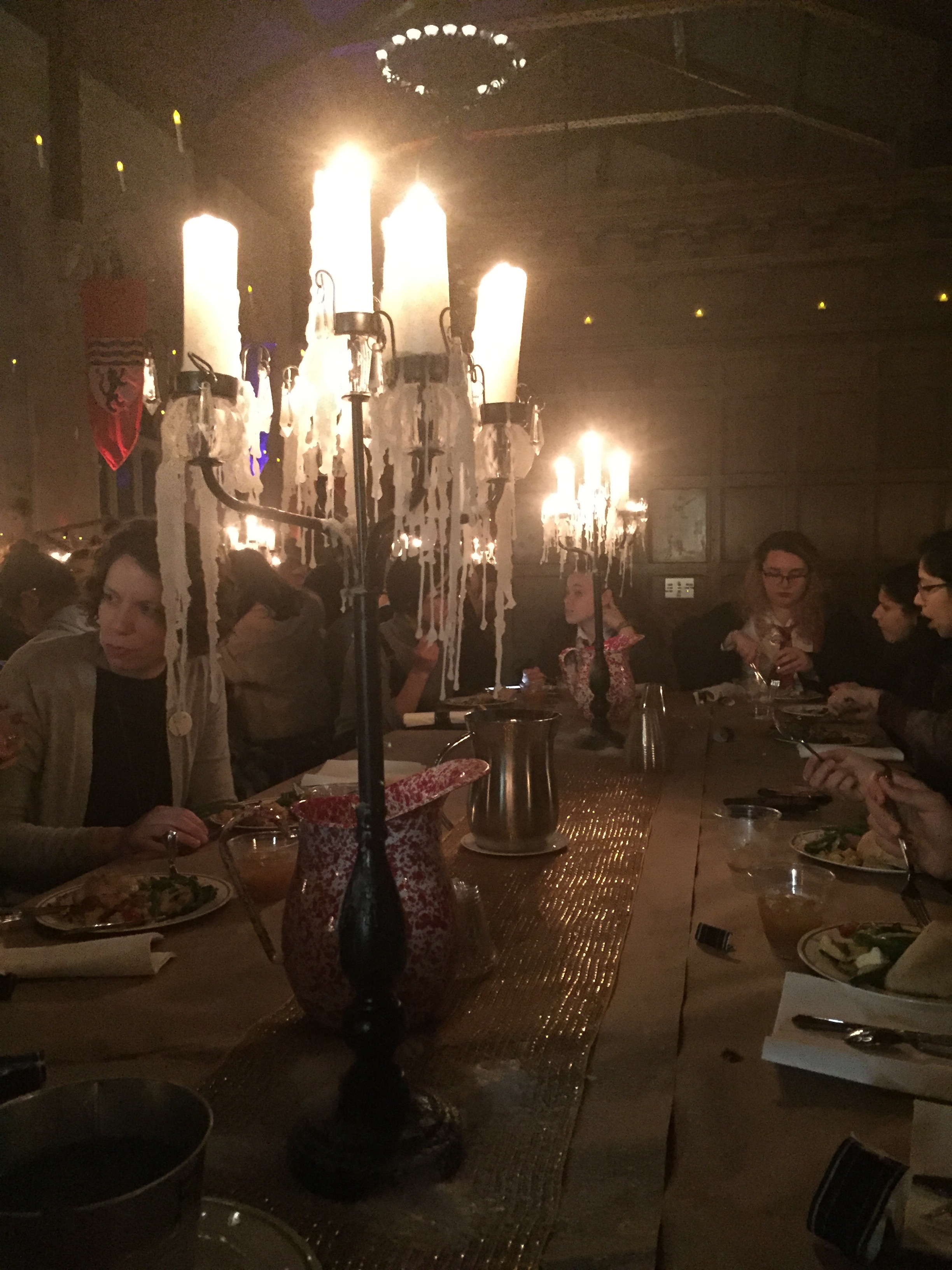


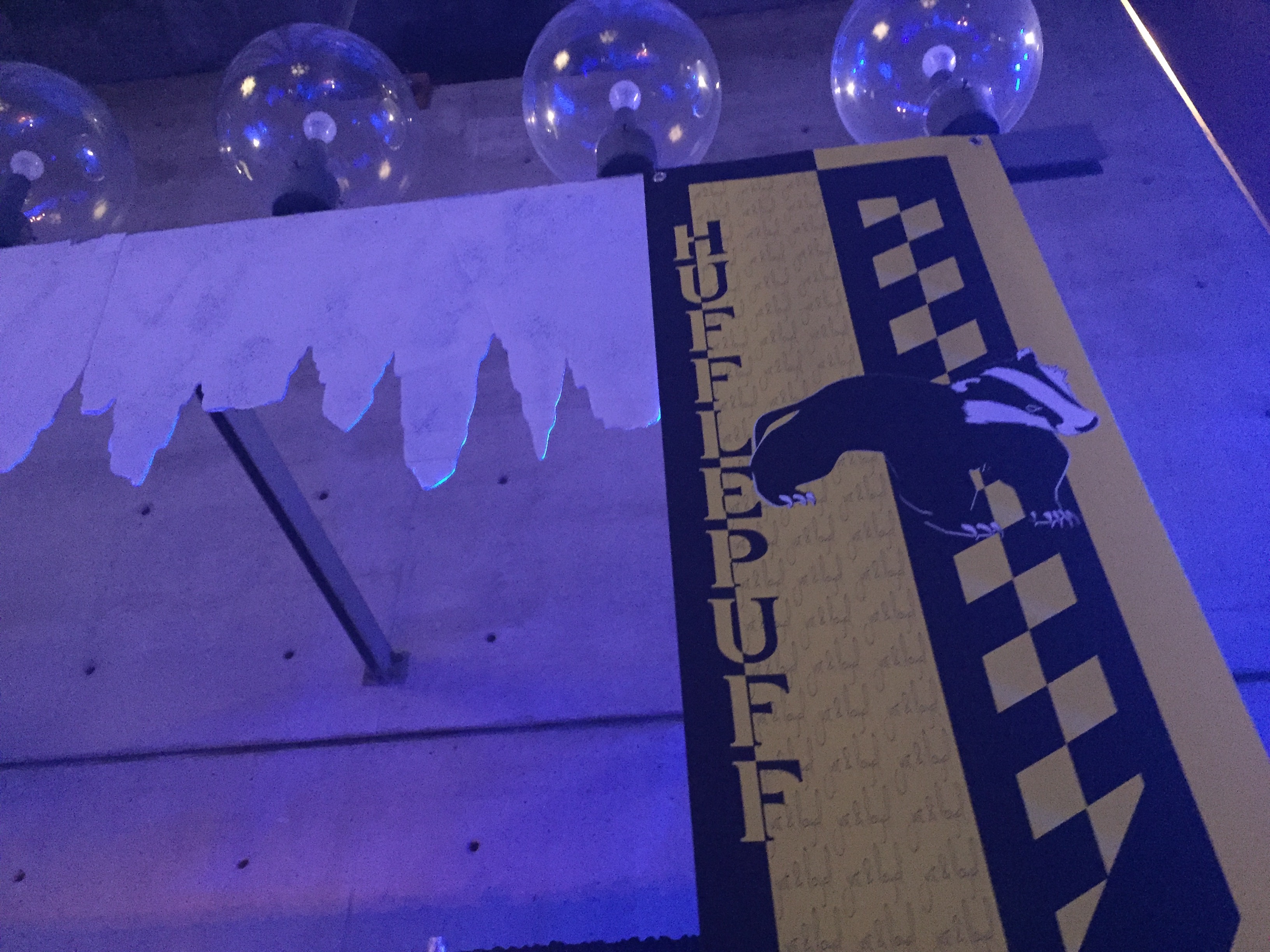
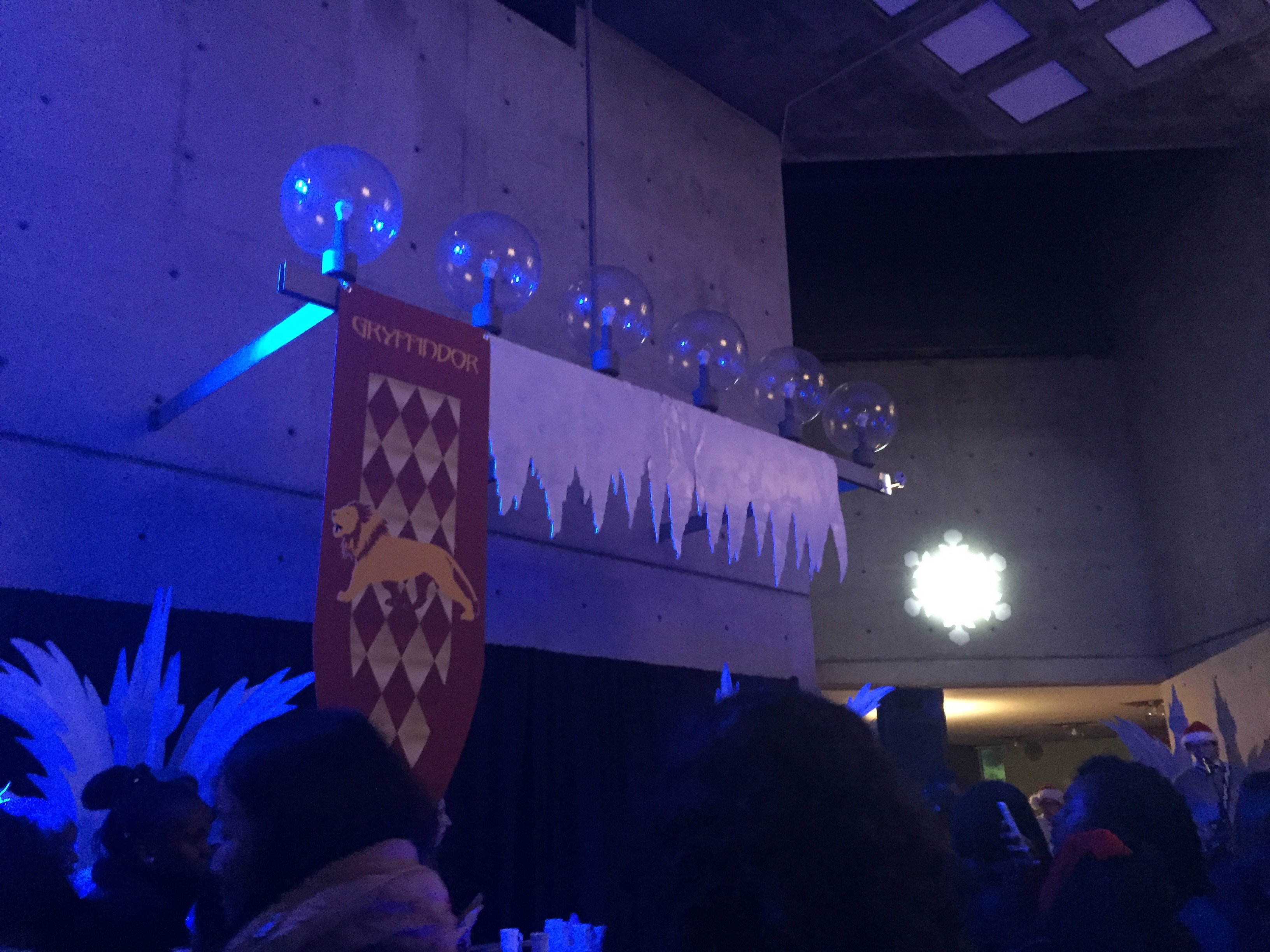

 With only two weeks until finals, the mood has been somewhat grim on campus. This past weekend I was glad to take a study break for the German Department’s field trip to Brauhaus Schmitz and the Christmas Village. Brauhaus Schmitz is a German restaurant near South Street. We were told that one can find very authentic German food here, and we were not disappointed. Seated at family-style wooden tables, we passed around platters of cheesy spätzle and various wursts. For us vegetarians, there were also potato pancakes with sour cream, chives, and applesauce.
With only two weeks until finals, the mood has been somewhat grim on campus. This past weekend I was glad to take a study break for the German Department’s field trip to Brauhaus Schmitz and the Christmas Village. Brauhaus Schmitz is a German restaurant near South Street. We were told that one can find very authentic German food here, and we were not disappointed. Seated at family-style wooden tables, we passed around platters of cheesy spätzle and various wursts. For us vegetarians, there were also potato pancakes with sour cream, chives, and applesauce.
 After lunch, we filed back onto the Blue Bus—which looked quite out of place in the city—and drove to Love Park, where we found the annual Christmas Village, an open-air German market full of twinkling lights and inviting stalls. A group of five of us waited patiently to be let into the closed-off tent belonging to Käthe Wohlfahrt, a German company that sells handcrafted ornamented, carvings, and other beautiful trinkets. Photography was not permitted inside the tent, but my favorite thing to look at was the shelves of nutcrackers in all different guises: saints, shepherds, soldiers, even a fisherman nutcracker holding a string of fish!
After lunch, we filed back onto the Blue Bus—which looked quite out of place in the city—and drove to Love Park, where we found the annual Christmas Village, an open-air German market full of twinkling lights and inviting stalls. A group of five of us waited patiently to be let into the closed-off tent belonging to Käthe Wohlfahrt, a German company that sells handcrafted ornamented, carvings, and other beautiful trinkets. Photography was not permitted inside the tent, but my favorite thing to look at was the shelves of nutcrackers in all different guises: saints, shepherds, soldiers, even a fisherman nutcracker holding a string of fish!



 Next week I will have to start thinking seriously about my final papers and exam, and many of my classmates have already begun their final preparations. Good luck to all who are studying, and I hope that everyone is able to find a bit of rest and peace in the weeks ahead!
Next week I will have to start thinking seriously about my final papers and exam, and many of my classmates have already begun their final preparations. Good luck to all who are studying, and I hope that everyone is able to find a bit of rest and peace in the weeks ahead!
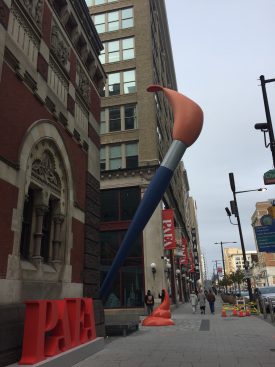
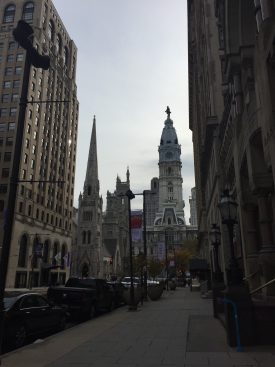

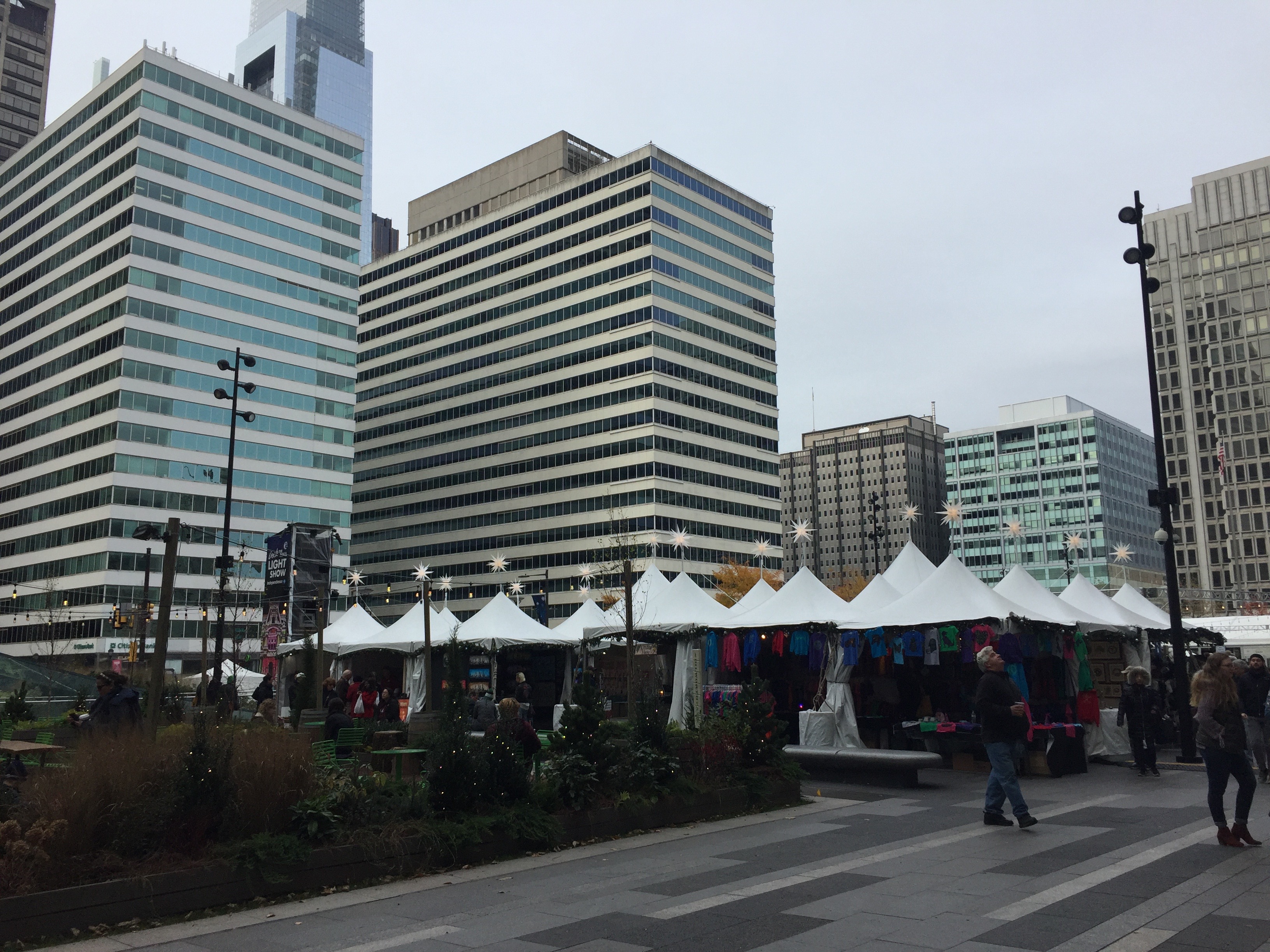
 Going into the city by myself makes me feel like a different person, some mysterious urbanite on a mission, especially now that I am familiar enough with center city to walk around without needing to consult any map. On this particular day I was heading to the
Going into the city by myself makes me feel like a different person, some mysterious urbanite on a mission, especially now that I am familiar enough with center city to walk around without needing to consult any map. On this particular day I was heading to the 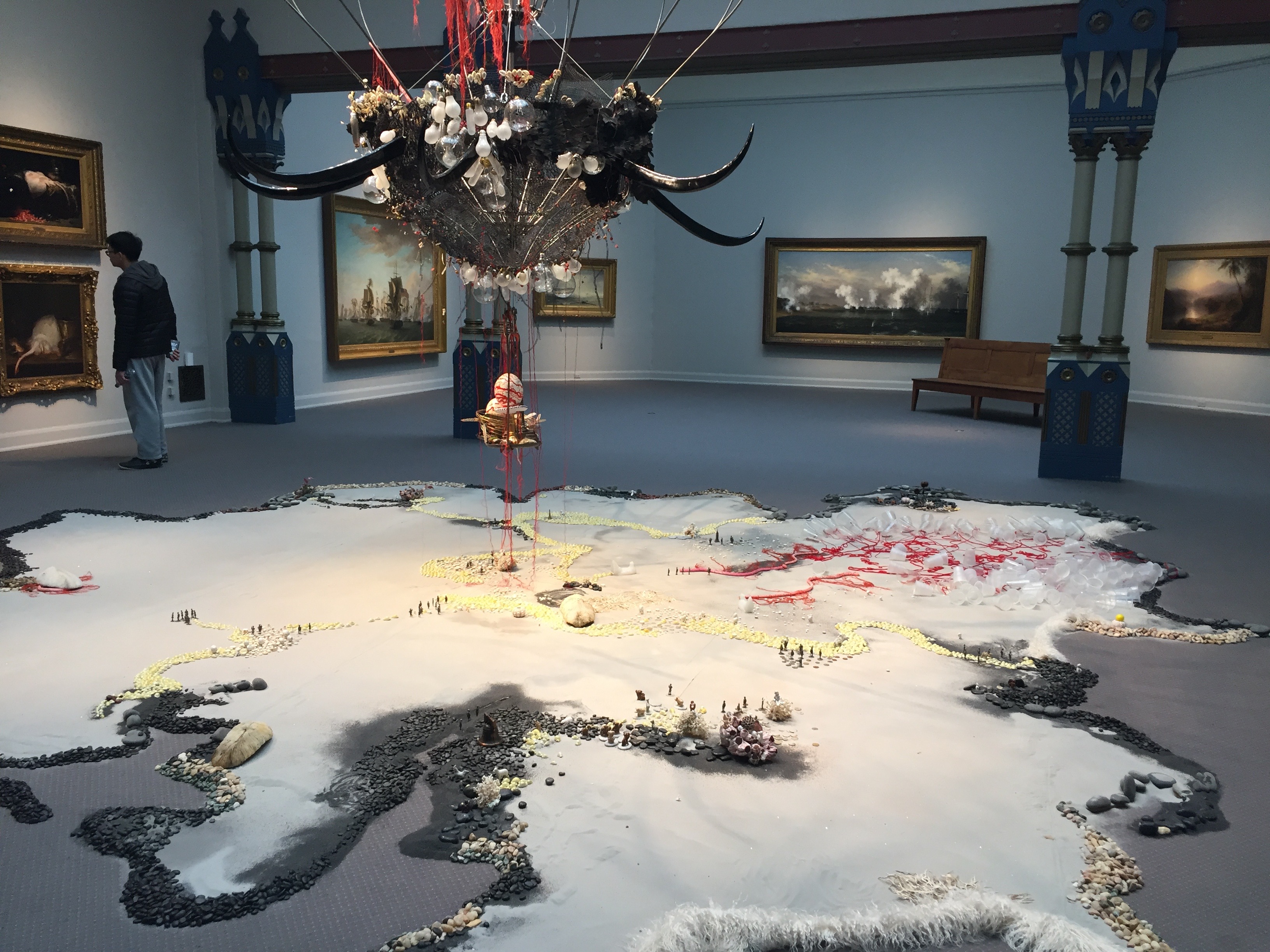
 It was disheartening to hear a museum-goer mutter to his friend, while looking at one of Banerjee’s pieces, “Why is this in a museum of American art?” Banerjee, born in India and raised in England, has lived and worked in the United States since the early 1990s. Her dissonant, eclectic, and at times grotesque aesthetic may not be for everyone, but there can be no question that her body of work speaks to problems that are of utmost importance to Americans and their place in the world. The juxtaposition between Banerjee’s work and the permanent collection is certainly dramatic, and such contrast is a valuable counterpoint to the early colonial narratives that PAFA otherwise showcases.
It was disheartening to hear a museum-goer mutter to his friend, while looking at one of Banerjee’s pieces, “Why is this in a museum of American art?” Banerjee, born in India and raised in England, has lived and worked in the United States since the early 1990s. Her dissonant, eclectic, and at times grotesque aesthetic may not be for everyone, but there can be no question that her body of work speaks to problems that are of utmost importance to Americans and their place in the world. The juxtaposition between Banerjee’s work and the permanent collection is certainly dramatic, and such contrast is a valuable counterpoint to the early colonial narratives that PAFA otherwise showcases.
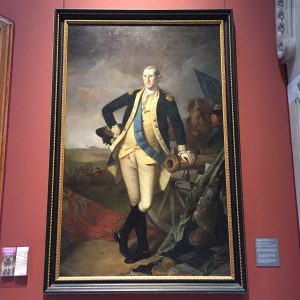
 Walking through the galleries reminded me of an English class I took my sophomore year in which we read foundational texts of the American 19th century canon and discussed the mythography that they construct. Many early thinkers theorized the pre-European America as an Edenic and untouched place, where the indigenous people frolicked childlike in nature’s bounty. This view is represented in the dreamy pastoral landscapes that hang salon-style in several of PAFA’s galleries. They are beautiful, and stir up emotions of wanderlust and awe. The tiny human presences in the vast wilderness are little civilizing dots, just on the verge of taming the land.
Walking through the galleries reminded me of an English class I took my sophomore year in which we read foundational texts of the American 19th century canon and discussed the mythography that they construct. Many early thinkers theorized the pre-European America as an Edenic and untouched place, where the indigenous people frolicked childlike in nature’s bounty. This view is represented in the dreamy pastoral landscapes that hang salon-style in several of PAFA’s galleries. They are beautiful, and stir up emotions of wanderlust and awe. The tiny human presences in the vast wilderness are little civilizing dots, just on the verge of taming the land. One very early painting shows a menagerie of exotic animals grouped in the foreground among jungle-like flora, while just in the very background we can see a trading party of Europeans offering cloth and written documents to a group of indigenous people, who have laid down their weapons. Another painting shows the fabled scene of William Penn signing a treaty with the Lenape people, an event now memorialized in Philadelphia’s Penn Treaty Park.
One very early painting shows a menagerie of exotic animals grouped in the foreground among jungle-like flora, while just in the very background we can see a trading party of Europeans offering cloth and written documents to a group of indigenous people, who have laid down their weapons. Another painting shows the fabled scene of William Penn signing a treaty with the Lenape people, an event now memorialized in Philadelphia’s Penn Treaty Park.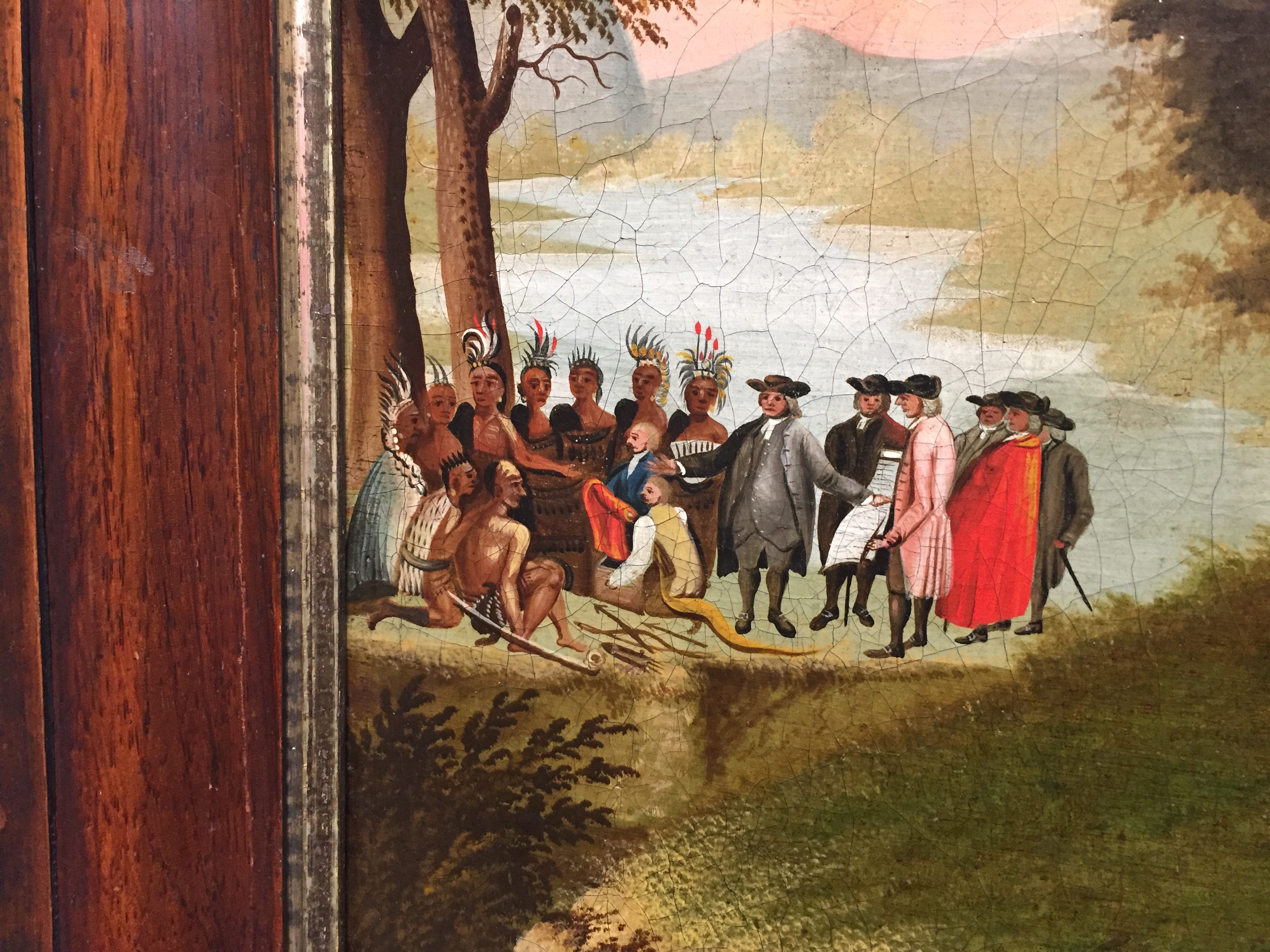 On my way out I stopped by the temporary exhibit in the Richard C. von Hess Works on Paper Gallery. “‘Alter’ing American Art, a selection of work from PAFA’s Linda Lee Alter Collection of Art by Women,” which will stay up through December 16, is both a thought-provoking complement to the permanent collection and an excellent self-contained show. The few small rooms contain an incredible breadth of style and emotion that proves, as if we needed evidence, that the full range of the human personality is also found within women. Sadness, joy, community, solitude, confusion, desire, nostalgia, humor, and subversion: women’s art is not necessarily more personal or domestic, but I do feel that the works in this exhibit were more pointed, less art-for-art’s-sake than the art upstairs. I thought, maybe if your voice has been repressed, then once you finally are able to take possession of it, you feel a more acute need to utilize it. I was especially fascinated by the tiny painting “Girl Searching,” by Gertrude Abercrombie, which reminded me of many insomniac nights walking back from the library; and “Untitled (Gray Cloth Face)” by Alicia Henry, a piece of textile art that suggests a deep and silent grief.
On my way out I stopped by the temporary exhibit in the Richard C. von Hess Works on Paper Gallery. “‘Alter’ing American Art, a selection of work from PAFA’s Linda Lee Alter Collection of Art by Women,” which will stay up through December 16, is both a thought-provoking complement to the permanent collection and an excellent self-contained show. The few small rooms contain an incredible breadth of style and emotion that proves, as if we needed evidence, that the full range of the human personality is also found within women. Sadness, joy, community, solitude, confusion, desire, nostalgia, humor, and subversion: women’s art is not necessarily more personal or domestic, but I do feel that the works in this exhibit were more pointed, less art-for-art’s-sake than the art upstairs. I thought, maybe if your voice has been repressed, then once you finally are able to take possession of it, you feel a more acute need to utilize it. I was especially fascinated by the tiny painting “Girl Searching,” by Gertrude Abercrombie, which reminded me of many insomniac nights walking back from the library; and “Untitled (Gray Cloth Face)” by Alicia Henry, a piece of textile art that suggests a deep and silent grief.




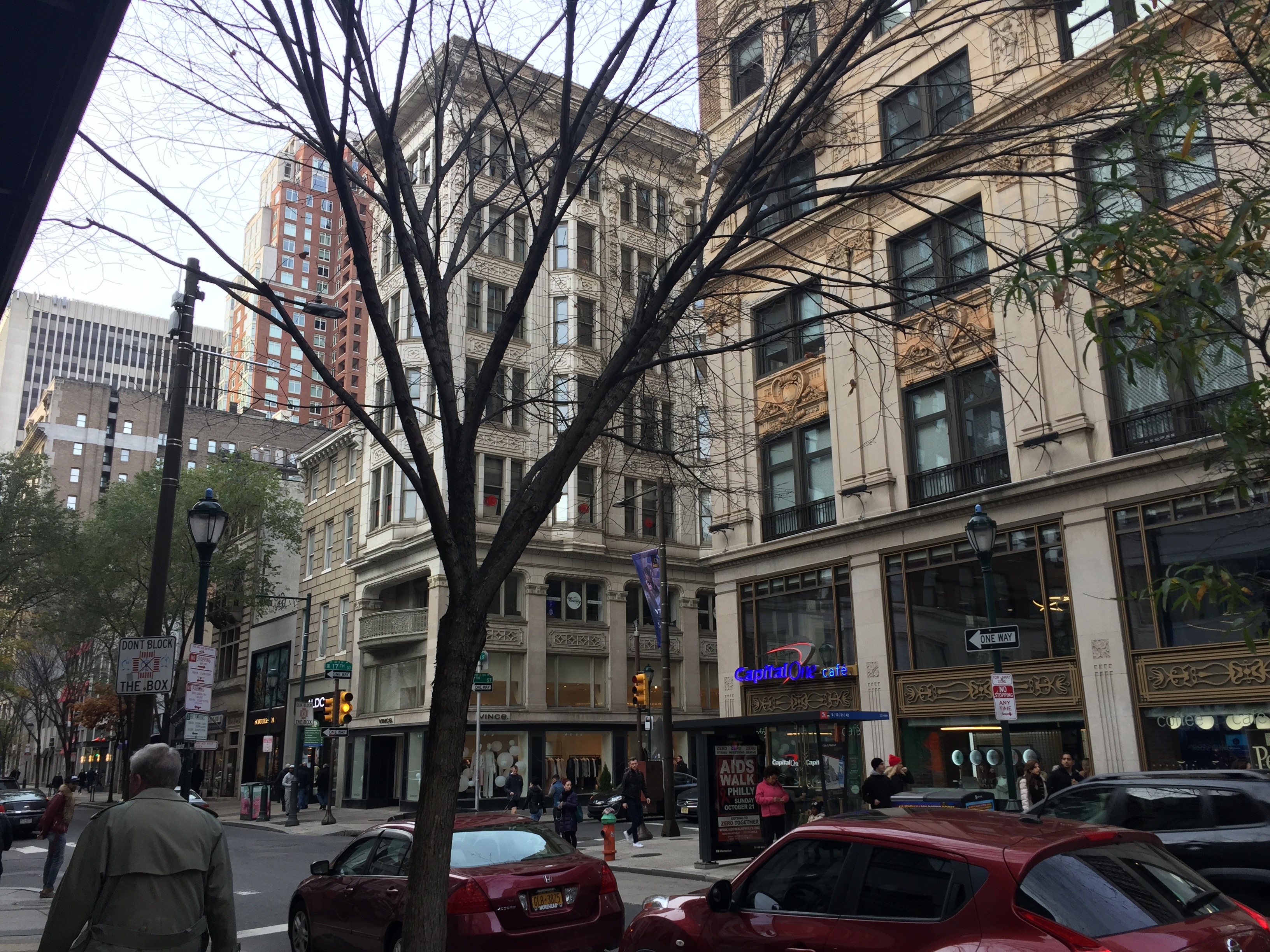

 Hello! I’ve been neglecting my blog lately because of the immense amount of academic work that has been taking precedence in my life. Looking back at my planner from the last couple of months, my days don’t seem all that full, but of course I don’t write down all the hours I spend working on projects, reading, and studying. Tomorrow I must turn in my proposal for my senior English thesis. The proposal is the result of a semester’s worth of work. The entire
Hello! I’ve been neglecting my blog lately because of the immense amount of academic work that has been taking precedence in my life. Looking back at my planner from the last couple of months, my days don’t seem all that full, but of course I don’t write down all the hours I spend working on projects, reading, and studying. Tomorrow I must turn in my proposal for my senior English thesis. The proposal is the result of a semester’s worth of work. The entire 





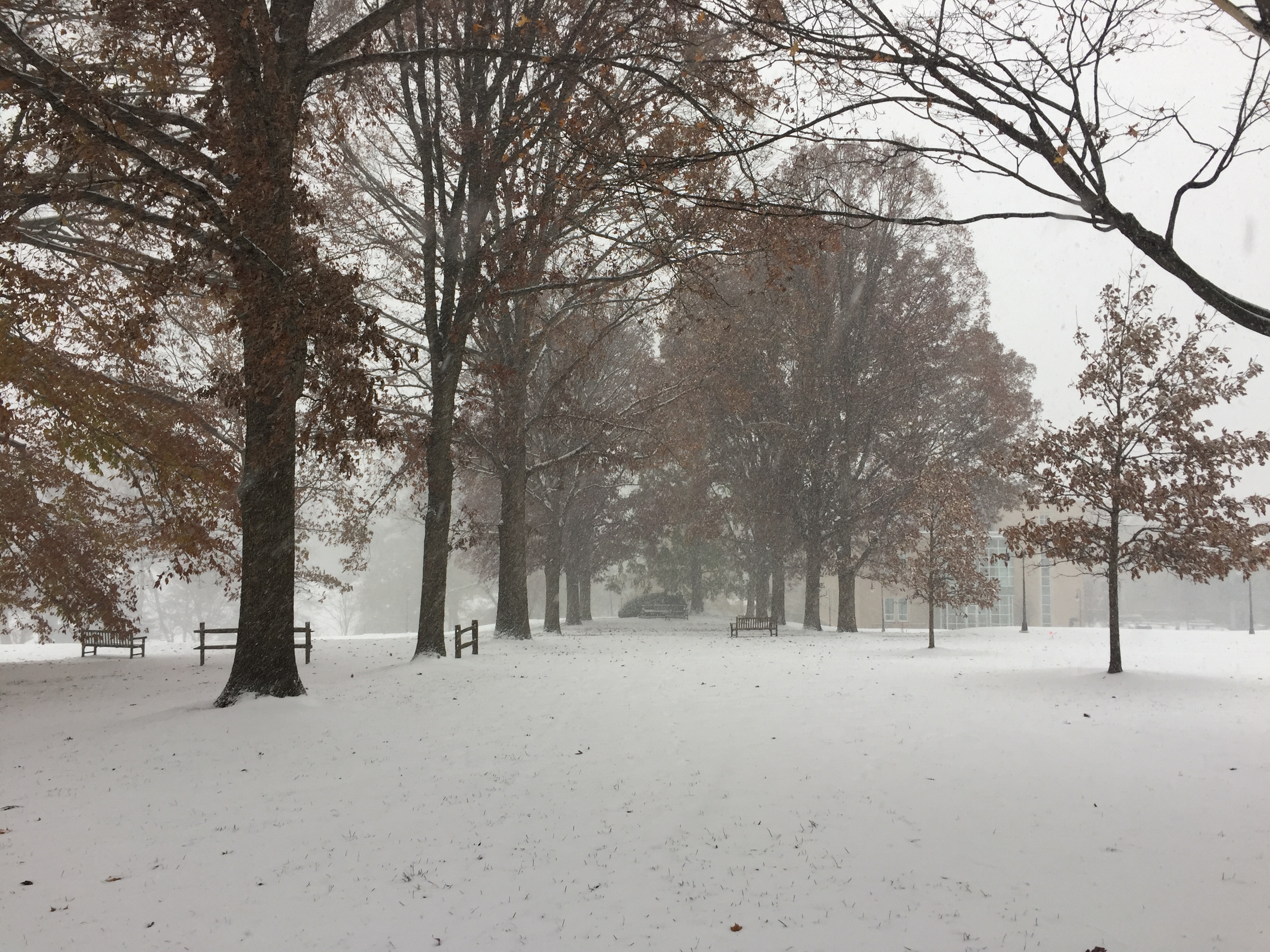

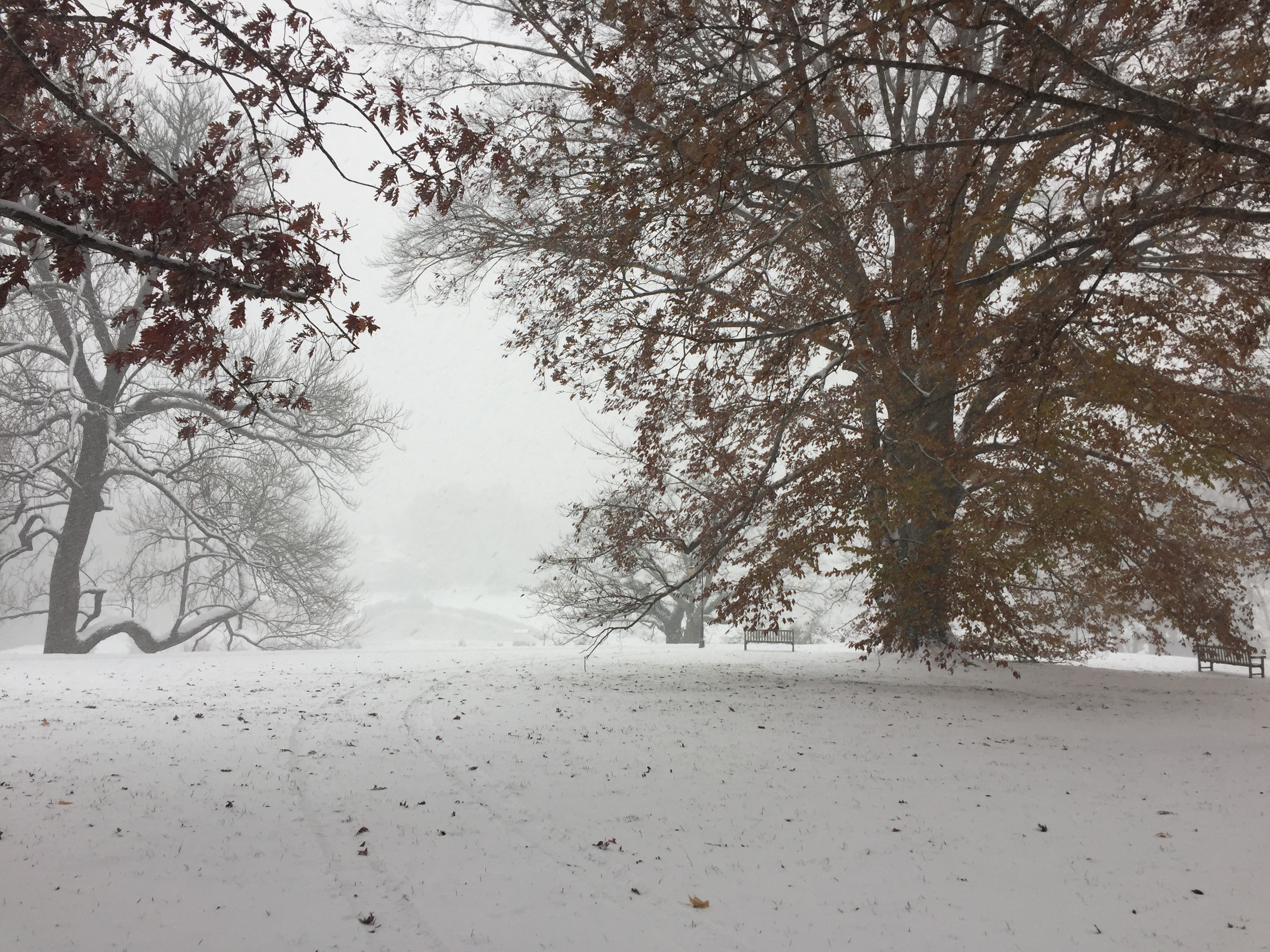





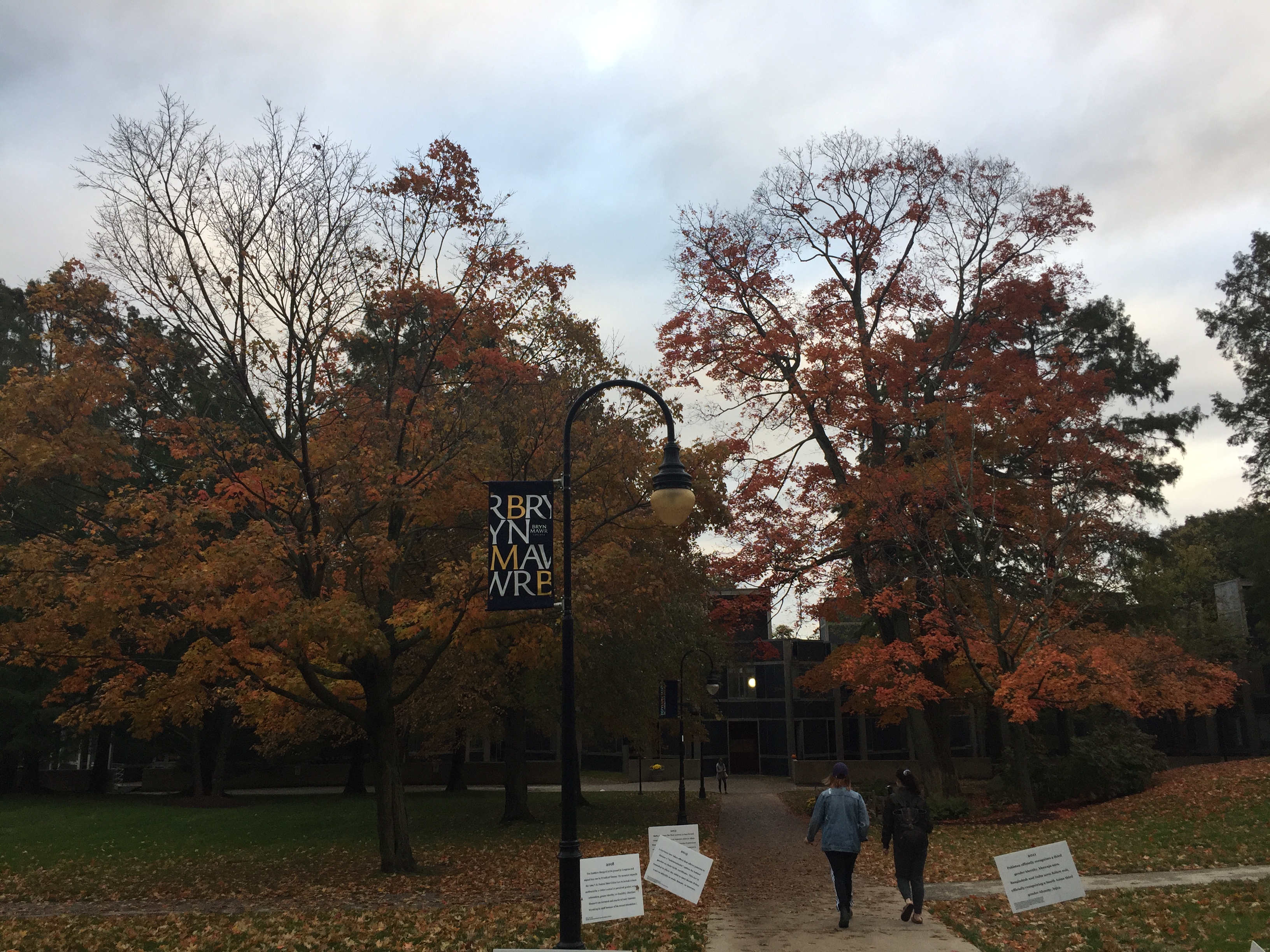


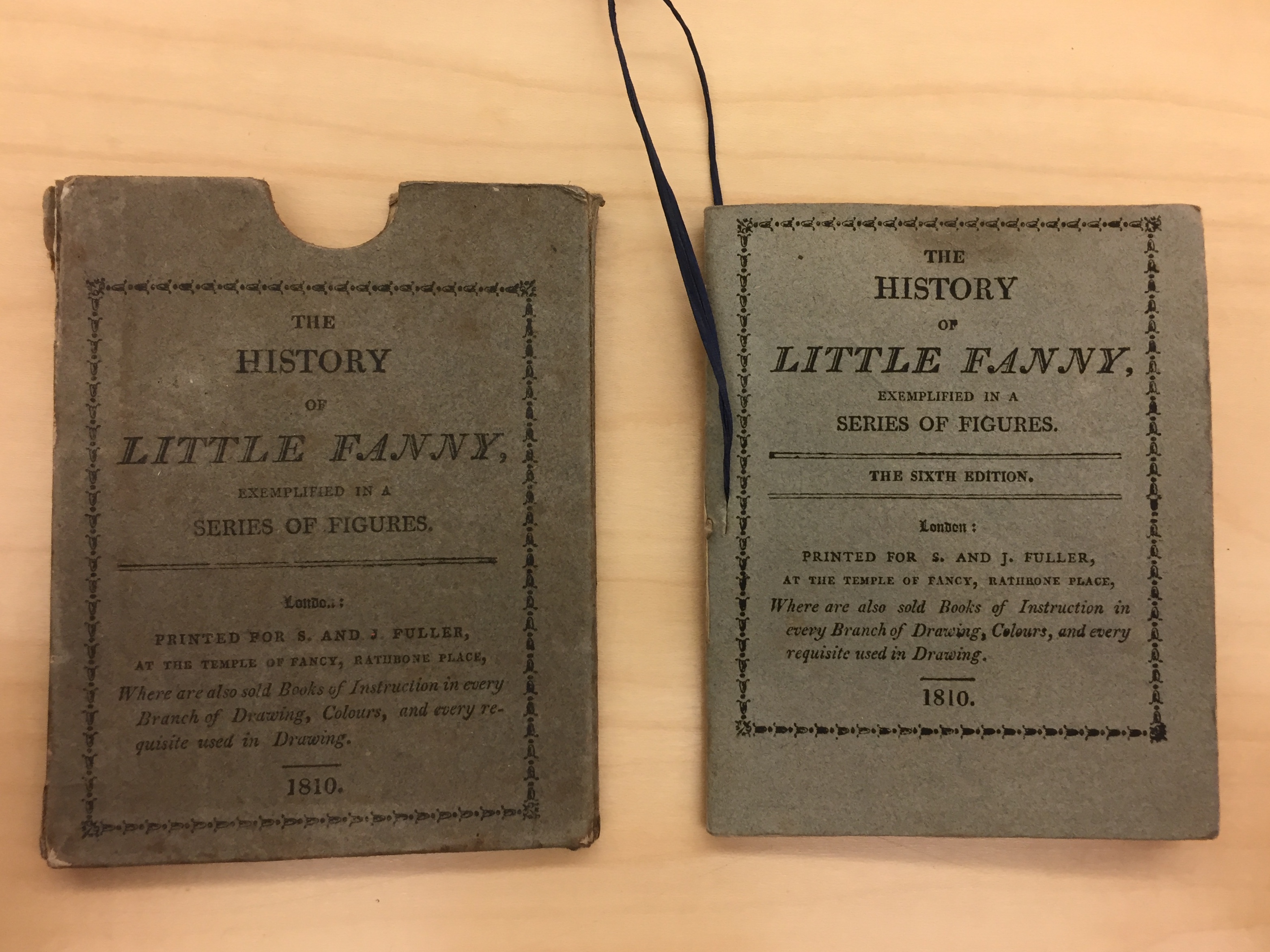
 On a recent Wednesday morning, I stopped by Bryn Mawr’s Special Collections to look at some materials from the Ellery Yale Wood Collection of Children’s Books. The Ellery Yale Wood Collection was donated to the college in 2016 and includes around 12,000 books, with materials spanning from the 18th to the 20th centuries. I was hoping that the collection would help me with a project for my Transatlantic Childhoods class, which is taught by Professor Chloe Flower, English department’s brand new specialist in children’s literature and culture. Working with such rare primary materials is a wonderful opportunity, but this was actually the first time I visited Special Collections outside of a class.
On a recent Wednesday morning, I stopped by Bryn Mawr’s Special Collections to look at some materials from the Ellery Yale Wood Collection of Children’s Books. The Ellery Yale Wood Collection was donated to the college in 2016 and includes around 12,000 books, with materials spanning from the 18th to the 20th centuries. I was hoping that the collection would help me with a project for my Transatlantic Childhoods class, which is taught by Professor Chloe Flower, English department’s brand new specialist in children’s literature and culture. Working with such rare primary materials is a wonderful opportunity, but this was actually the first time I visited Special Collections outside of a class.
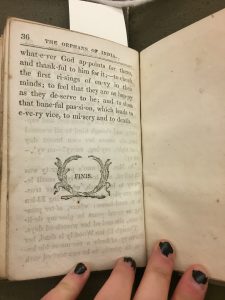
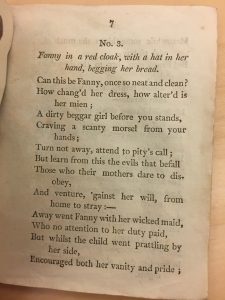

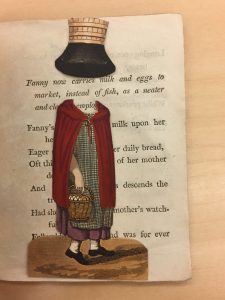
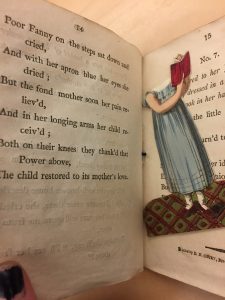


 Happy October!
Happy October!

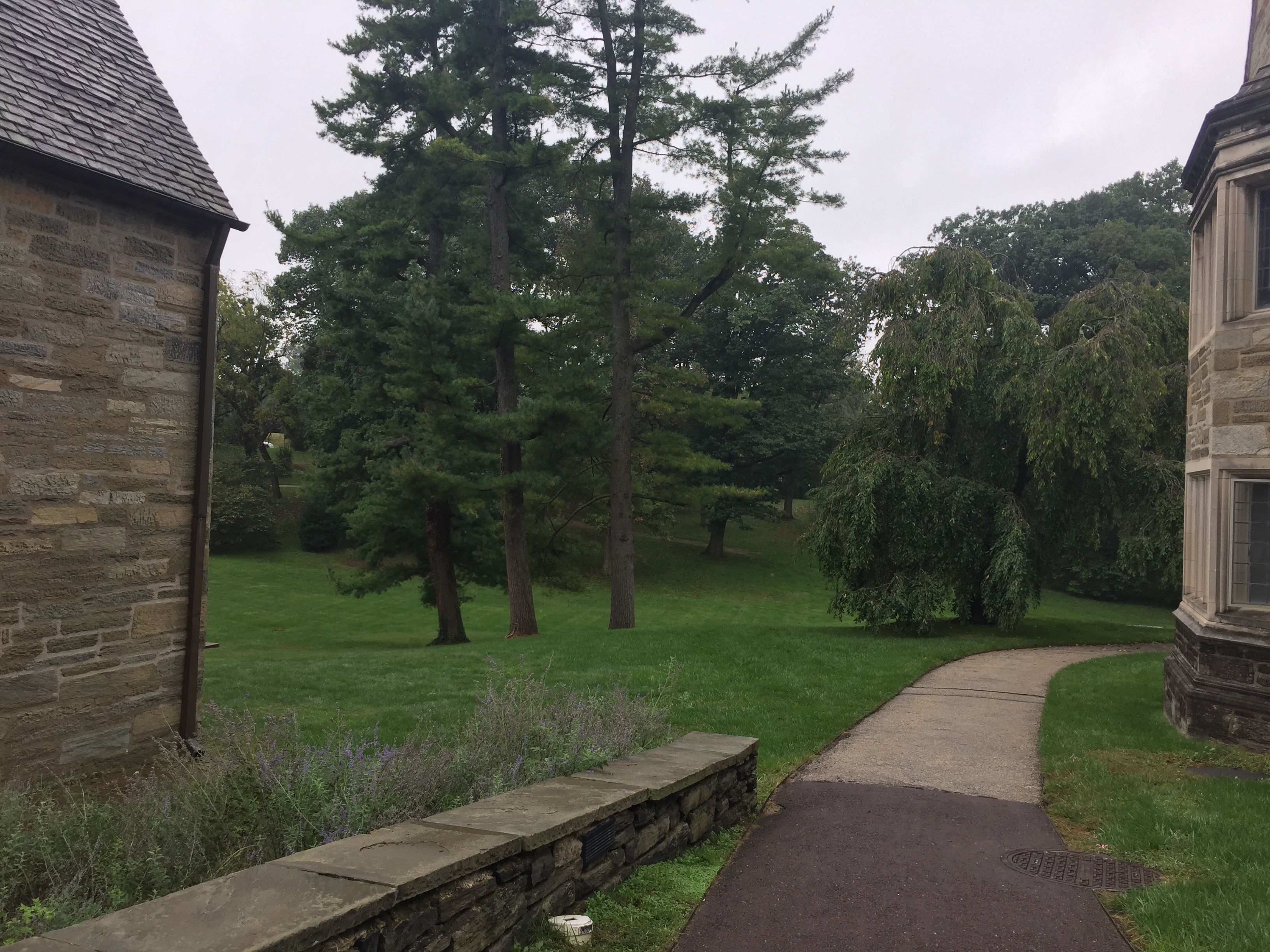





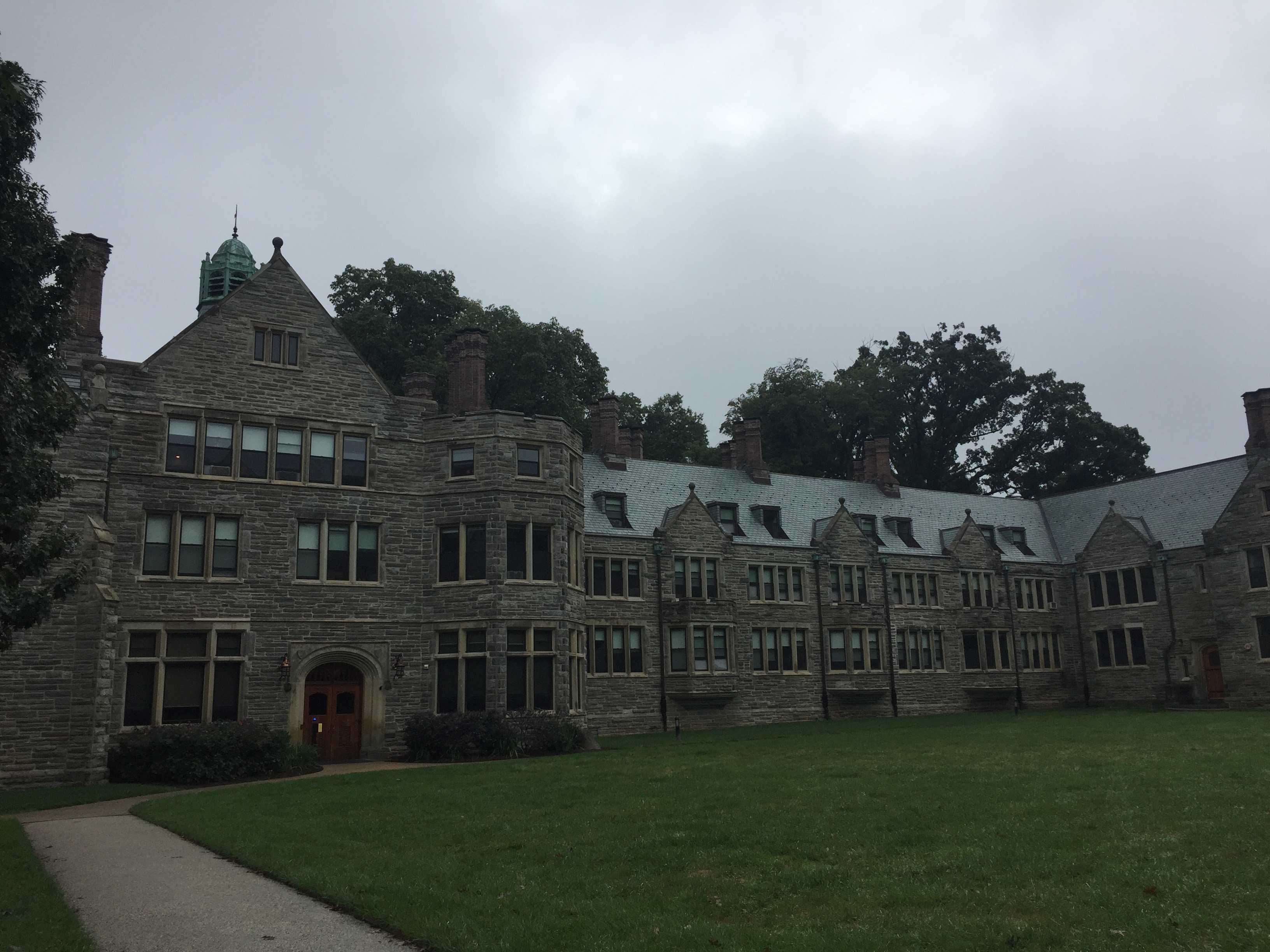
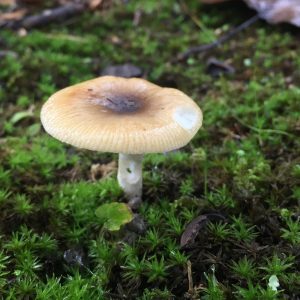
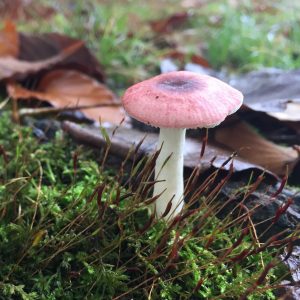 (In case you needed more proof that English House is magical, look at these little umbrellas for elves that I found growing on the lawn outside.)
(In case you needed more proof that English House is magical, look at these little umbrellas for elves that I found growing on the lawn outside.)



